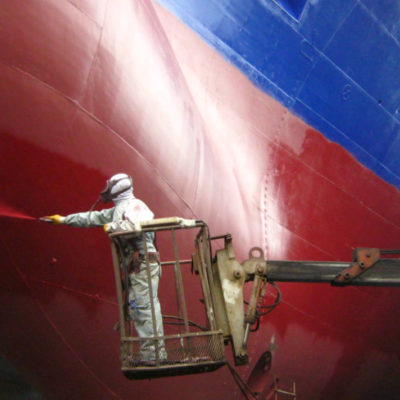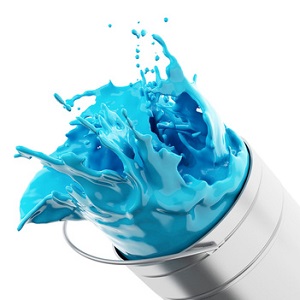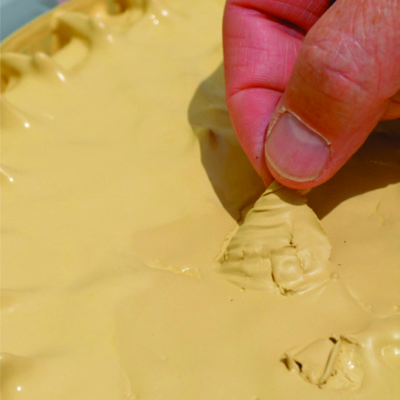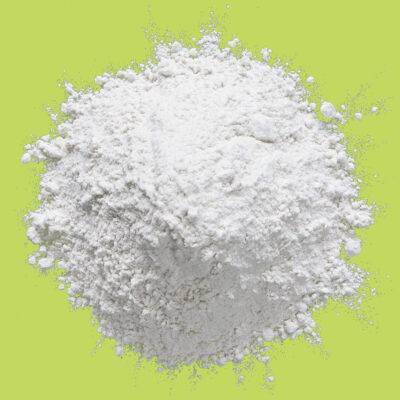Higloss is recommended to use in oil based high gloss paints and water based paints. Higloss is highly effective for partial replacement of TiO2 hence reducing the cost. It is also used as extender in interior and exterior paints. Higloss can be also used as a Rheological additive for controlling viscosity. Higloss Imparts gloss to paint.
Higloss is a fine particle size, high brightness economy grade Kaolin, designed to provide ease of dispersion and improved gloss in both aqueous and solvent–borne coating and inks.
Higloss contributes to improved opacity through efficient TiO2 spacing. It can be loaded to higher PVC values than standard extender pigment, without decreasing gloss and with minimal effect on viscosity. Higloss is used in paints and inks to extend pigment and as a partial replacement for the resin component.
Both anatase and rutile TiO2 pigments interact with fatty acid oil fragments to accelerate degradation of oil binder via radical products under UV-vis and visible light illumination, with faster degradation occurring with anatase pigmented paint compared to BaSO4 or linseed oil controls.
After TiO2 prices skyrocketed in the late 80s, many colour master batch producers turned to white mineral fillers as effective TiO2 extenders in order to lower formula costs and shorten lead times.
Although they cannot match high-purity rutile TiO2, such extenders may help lower formula costs
and shorten lead times by cutting costs by up to 30-40%.
TiO2 in film applications can be difficult, often because its final loading level is so low. A significant quantity of extenders would compromise film physical properties; and mixing rutile and anatasegrades often results in poor colour and quenching behaviour when applied to polyolefin systems like extruded photographic films.
Gloss paints are tough and stain-proof, yet can also magnify surface imperfections. High-gloss finishes are best used in brightly lit rooms such as kitchens and bathrooms for heavy usage; however, they’re less water resistant.
Fine-ground calcium carbonate costs roughly equivalent to TiO2, yet does not increase opacity or film hardness and may actually reduce it. Furthermore, certain grades of TiO2 react with it and produce unpleasant odours; other extenders include technical-grade zinc oxide and the co-precipitate of barium sulphate and titanium dioxide known as lithopone (which is rarely used in North America).
No replacement exists for titanium dioxide (TiO2); however, certain products can reduce formulation costs and improve coating performance. The key to successful TiO2 replacement lies in selecting an appropriate grade based on key paint performance parameters like opacity and film cure for acid-catalyzed systems.
Selecting an extender that best meets your coating's performance requirements can also influence its end results. For instance, calcined or hydrous kaolin may replace up to 10% of TiO2 in high-gloss and semi-gloss paints – though its opacity will likely fall short of meeting requirements for such applications.










Leave a Reply